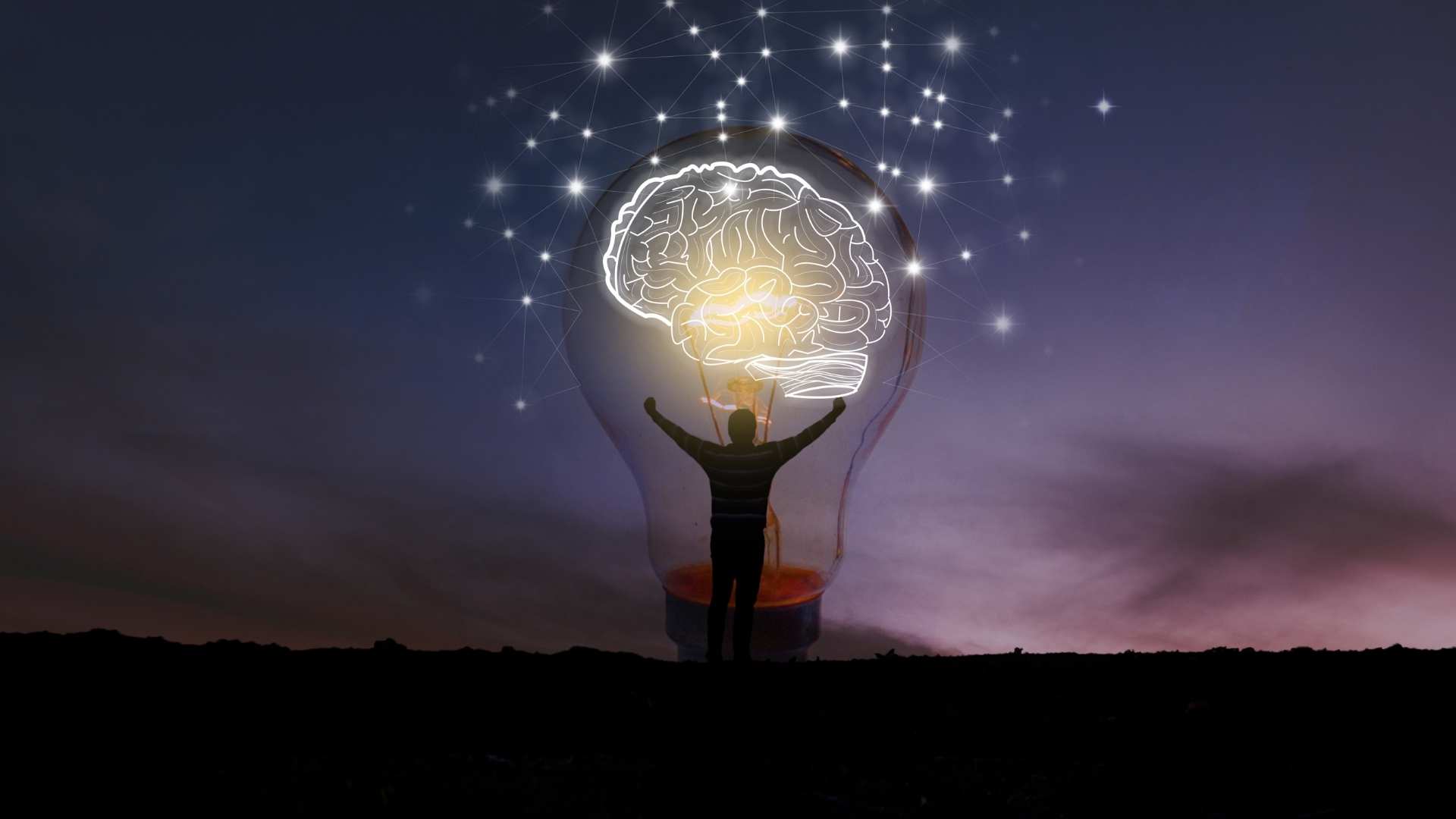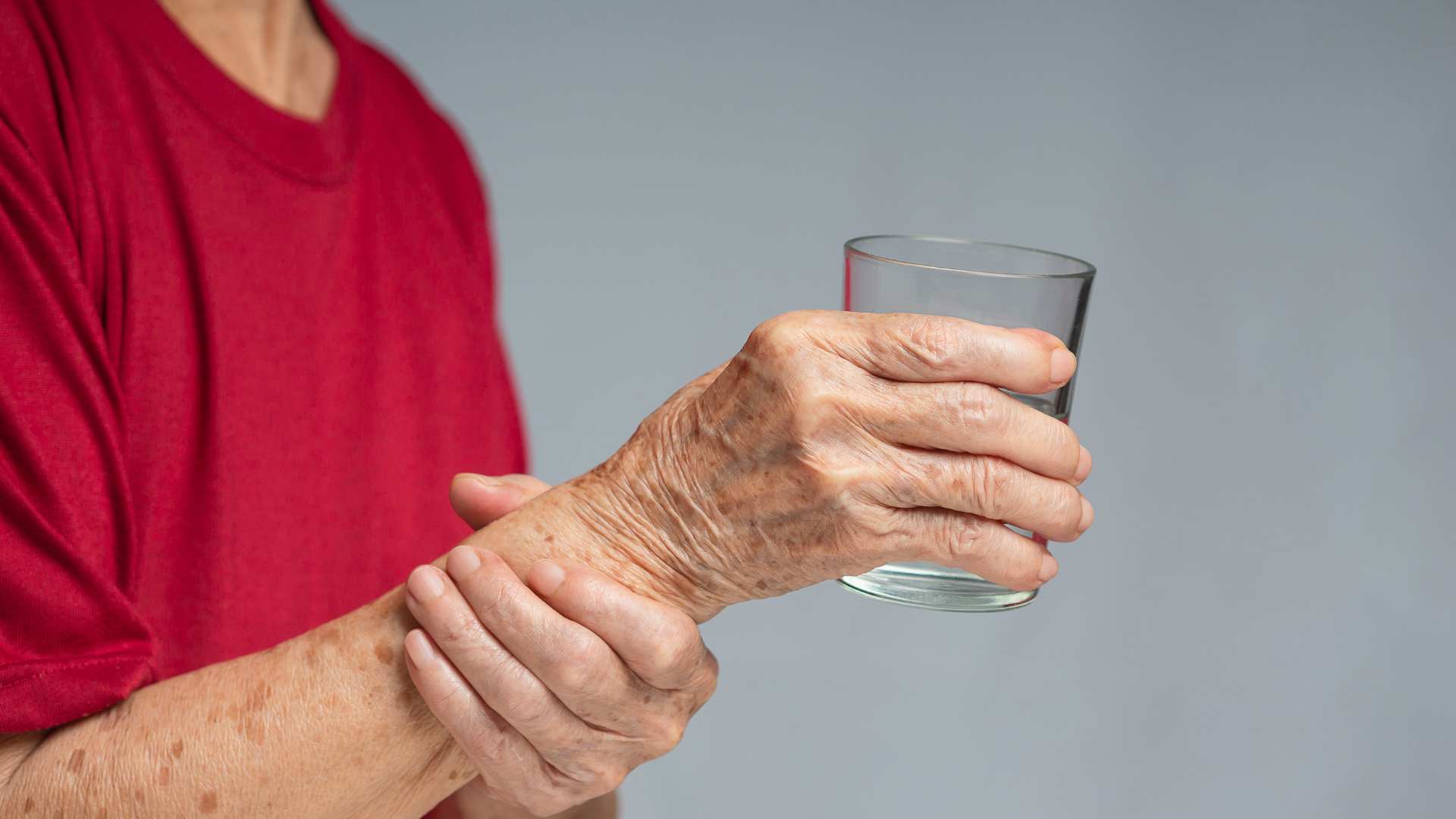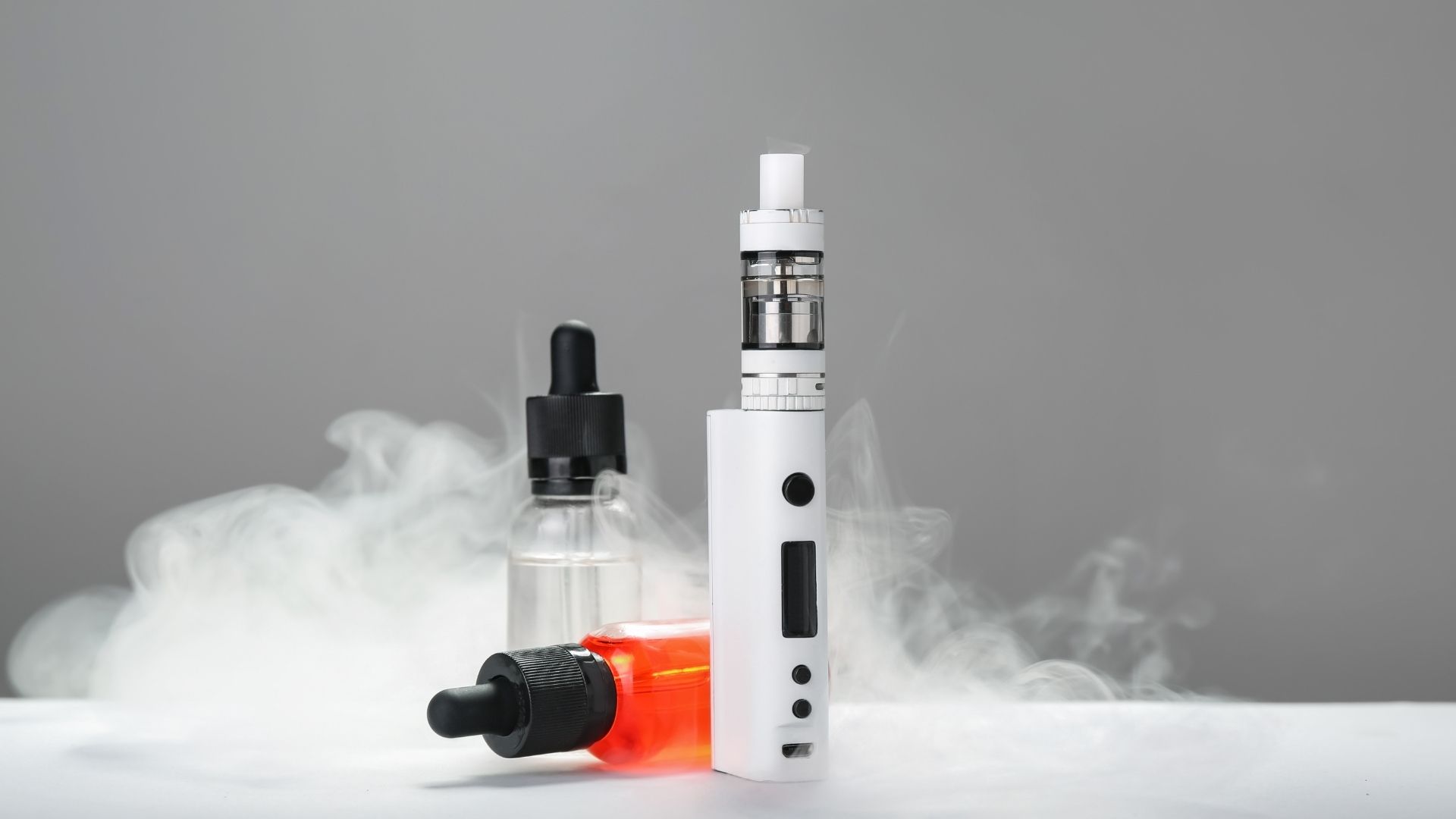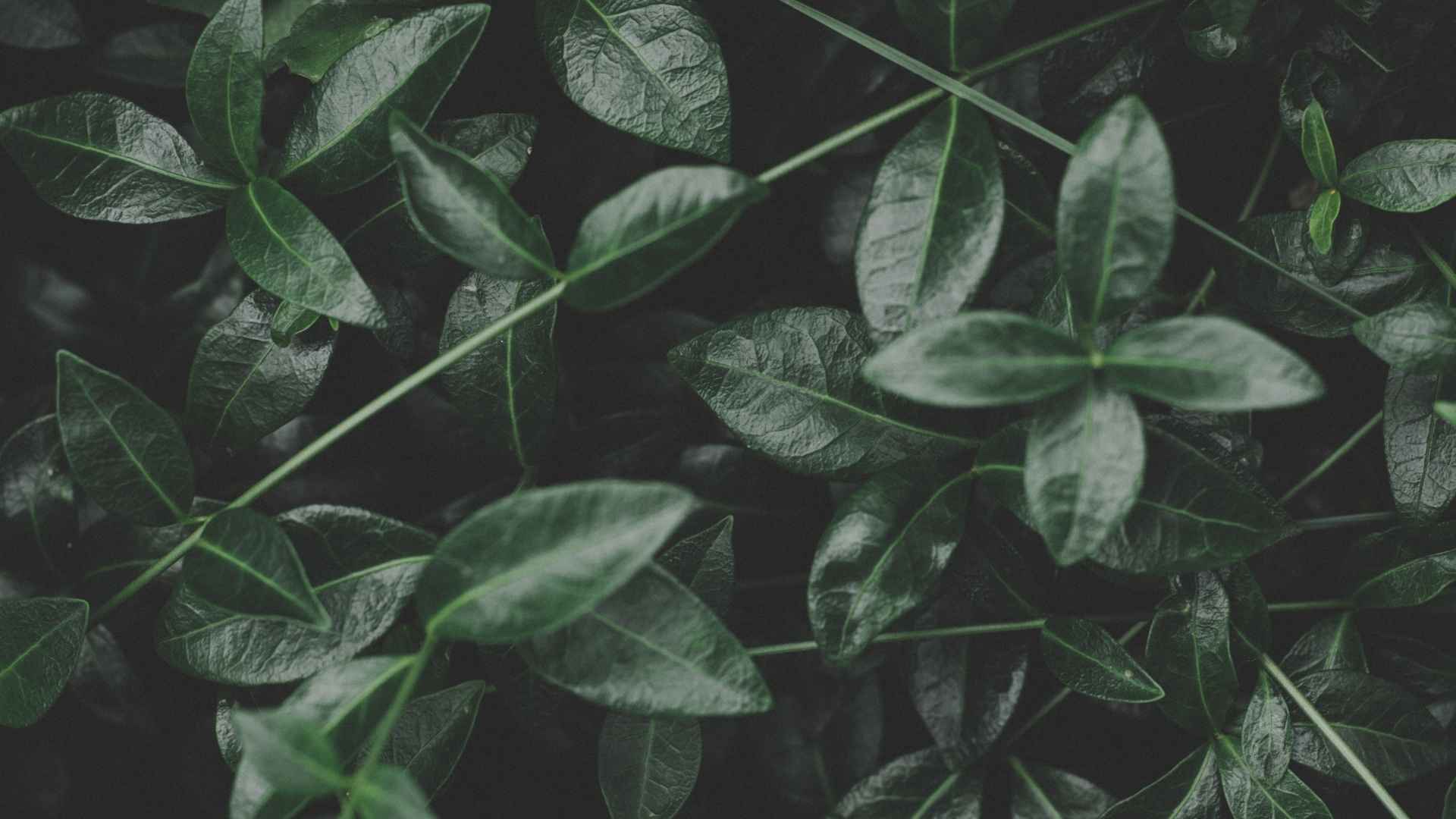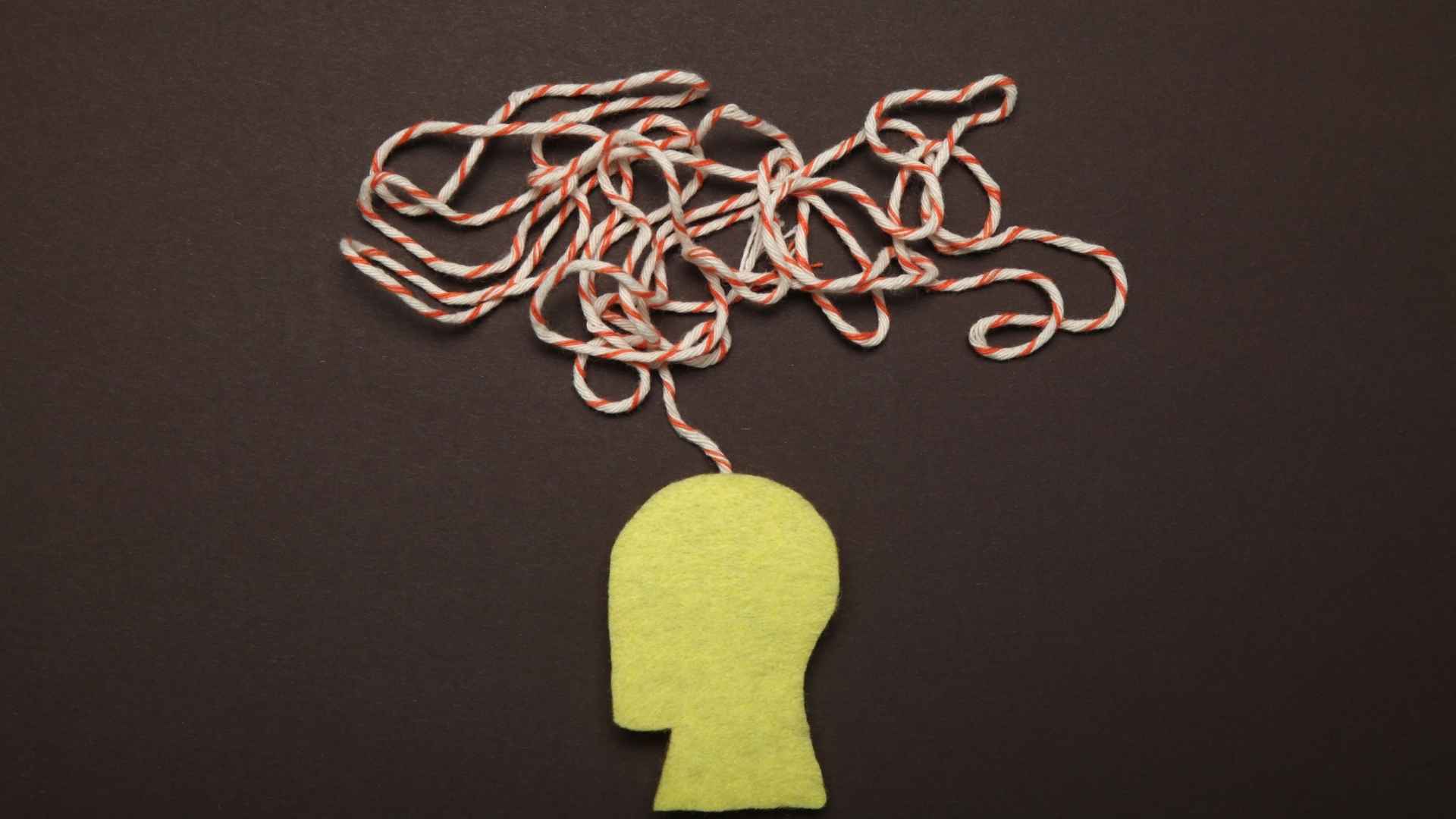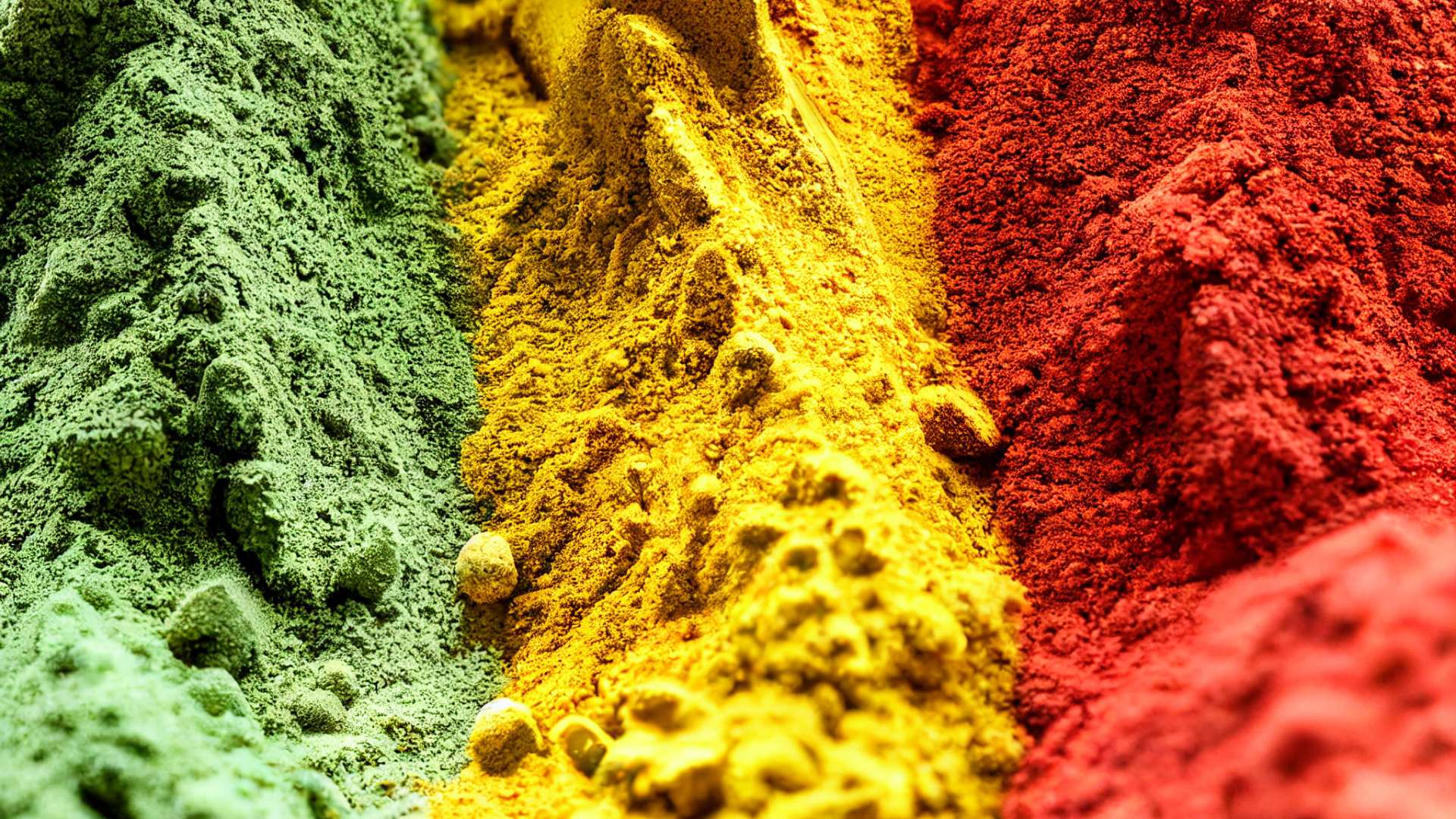Because many are interested in natural ways to tackle pain and improve mood and relaxation, kratom and weed (cannabis) have risen in popularity.
They are traditional drinks, have their unique ingredients, and people enjoy them passionately. Between kratom and weed, which is more effective for relieving pain, improving mood, and making someone feel relaxed?
In this blog, we’ll cover the effects, positive reasons, dangers, and legal status of the drugs to help you decide.
What Are Kratom and Weed?
1. Kratom
Southeast Asia is home to kratom (Mitragyna speciosa), a tropical tree. The leaves are rich in alkaloids—mitragynine and 7-hydroxymitragynine—that interact with many kinds of receptors, especially those related to opioids, dopamine, and serotonin in the brain.
In many cultures, kratom has been used for many years to deal with tiredness, relieve body discomfort, and lift the spirits. People in the West generally take kratom in the form of powder, capsules, or tea.
2. Weed (Cannabis)
The Cannabis sativa or Cannabis indica plant is where weed or cannabis is derived. THC (tetrahydrocannabinol) is the most important intoxicating chemical in marijuana, while CBD (cannabidiol) is a component with no intoxicating effects.
Some take cannabis for enjoyment, and others for its pain relief, calmness, and impact on mood.
Kratom vs Weed: How Do They Work?
Mechanisms of Action
- Kratom: Because mitragynine is an opioid, it relieves pain and makes you sleepy when taken at high doses, while lower and moderate doses cause stimulation. There is a belief that caffeine affects dopamine and serotonin levels, hence affecting mood and alertness.
- Weed: When THC gets to the endocannabinoid system, it links with cannabinoid receptors (CB1 and CB2), and this impacts a person’s mood, how they sense pain, their urge to eat, and memory. Because CBD activates various receptors, it helps calm down the body and fight inflammation without making you feel intoxicated.
Kratom and Weed: Common Ground and Key Differences
Let’s break down kratom vs weed in terms of:
| Category | Kratom | Weed |
| Origin | Southeast Asia | Central Asia |
| Key Compounds | Mitragynine, 7-HMG | THC, CBD |
| Legal Status | Legal in many U.S. states, banned in others | Legalized for medical/recreational use in some U.S. states |
| Psychoactive? | Mild to strong, dose-dependent | Yes (due to THC) |
| Medical Use | Pain, fatigue, mood | Pain, anxiety, seizures, and appetite |
| Addiction Potential | Moderate | Low to moderate |
| Overdose Risk | Possible with high doses or combinations | Extremely rare |
Effects: Pain, Mood, and Relaxation
1. Pain Relief
- Kratom: Many people choose red vein strains of kratom because they find the pain-relieving effects useful. Many people take it to handle long-term pain, aches in muscles, and issues from injuries. Its ability to relieve pain comes from working on opioid receptors, like prescription opioids, but it has a reduced risk of harm.
- Weed: Pain relief is one of the reasons cannabis is well known, especially in medical marijuana settings. Pain soothing is also helped by THC and CBD, but for persistent pain and swelling, preferably use high-CBD varieties. Cannabis seems to help more with neuropathic pain and pain caused by inflammation.
Kratom may be more effective for acute pain and opioid withdrawal, while cannabis (especially CBD-rich strains) is often better for chronic, inflammatory pain.
2. Mood Enhancement
- Kratom: At smaller doses, people usually feel more active, more upbeat, and more approachable. Some users feel that this reduces negative thoughts and induces a mildly pleasant feeling. Many choose green vein strains to feel more positive and reduce stress.
- Weed: Depending on what is in the cannabis, it may cause feelings of euphoria, relaxation, or more creativity. Cannabis with a high THC content is likely to make people feel more intoxicated, but strains containing more CBD may help reduce anxiety and steady mood without causing a “high”.
Both botanicals can enhance mood, but cannabis offers a wider range of psychoactive effects, from stimulation to deep relaxation, depending on the strain.
3. Relaxation
- Kratom: At higher levels, kratom makes people feel relaxed and sleepy. Many prefer red vein products for relaxing at night or getting better sleep.
- Weed: Cannabis is famous for being relaxing, especially indica varieties and those rich in CBD, which are widely used to calm the mind or address insomnia.
Both kratom and weed can promote relaxation, but cannabis may be more versatile for sleep and anxiety, while kratom’s sedative effects are dose-dependent.
Kratom and Weed: Side Effects and Risks
1. Kratom
Common Side Effects:
- Nausea, dry mouth, constipation
- Dizziness, increased heart rate, and sweating
- Itching, loss of appetite, insomnia
- At high doses: sedation, confusion, hallucinations, dependence
Risks:
- Kratom may be addictive, and the symptoms of withdrawal can be like those caused by opioids (such as aches, trouble sleeping and irritation).
- Some cases of liver damage and heart problems have occurred when people take high or long-term doses.
- Overdose can occur, although often in connection with other drugs.
2. Weed
Common Side Effects:
- Dry mouth, red eyes, increased appetite (“munchies”)
- Drowsiness, impaired memory, anxiety, or paranoia (especially with high-THC strains)
- Dizziness, increased heart rate
Risks:
- It is not possible to die from a cannabis overdose.
- Continued use over time might result in addiction, mental clouding and in some situations, psychological problems (commonly in people who are vulnerable to mental issues).
- Using cannabis in any form may endanger lung health.
Is Kratom Like Weed? Key Differences
- Plant Family: Both kratom and weed belong to different families: kratom is in the coffee family, and weed is in the cannabis family.
- Active Compounds: Weed’s effects are caused by cannabinoids (THC and CBD), but kratom’s effects come from alkaloids (mitragynine and 7-hydroxymitragynine).
- Legal Status: Though legal in most states for some uses, cannabis is still not legal under federal law in the U.S., whereas kratom is not scheduled in the country but is banned in some places.
- Addiction Potential: Both substances can get someone addicted, but quitting kratom means experiencing more dramatic symptoms like those from opioids, rather than the common mild withdrawal symptoms of marijuana.
- Overdose Risk: No one has died of an overdose on cannabis; on the other hand, a kratom overdose is possible, and it occurs most often when used with other drugs.
What Is CBD Kratom?
CBD kratom describes businesses that provide both CBD (from hemp or cannabis) and kratom, targeting people interested in natural wellness.
These two are often tied because they can help with pain and improve mood, but their effects come about by different means.
- CBD: Non-intoxicating, anti-inflammatory, and often used for anxiety, chronic pain, and sleep.
- Kratom: Stimulating at low doses, sedating at high doses, and may help with acute pain or opioid withdrawal.
Kratom and Weed Together: Synergy or Risk?
Some use kratom and marijuana together, hoping the effects may be greater than when using each one alone. Although individuals report improvements, very little is known about any dangers or how well these herbs actually work.
When you take both drugs at once, they can make you sleepy, affect your mind, and increase more chances of respiratory problems, confusion, or drowsiness.
Legal and Safety Considerations
- Kratom: Not FDA-approved; legal status varies by state and country. Risks include addiction, liver toxicity, and potential for overdose, especially when mixed with other substances.
- Weed: Legal for medical/recreational use in many areas, but still federally illegal in the U.S. Risks include dependence, cognitive effects, and lung issues (if smoked).
Which Is Better for You: Kratom or Weed?
For Pain:
- Acute pain or opioid withdrawal: Kratom may be more effective.
- Chronic, inflammatory pain: Cannabis (especially CBD-rich strains) is often preferred.
For Mood:
- Mild stimulation and mood lift: Low-dose kratom or sativa cannabis strains.
- Anxiety and stress: High-CBD cannabis or green vein kratom.
For Relaxation:
- Deep relaxation or sleep: High-dose kratom (red vein) or indica cannabis strains/high-CBD products.
Final Thoughts
There is not just one best solution for kratom vs weed. These herbs have different effects and potential side effects for pain, mood, and relaxation. Kratom acts as a stimulant when taken in small doses and as a sedative when taken in high amounts, and its risks are similar to those of opioids.
Weed produces a range of effects on the mind, is very safe against an overdose, but it does come with risks of its own. Being aware of what you require, your likes and dislikes, and any health issues is necessary to pick the right choice or to find out if either option fits you.


